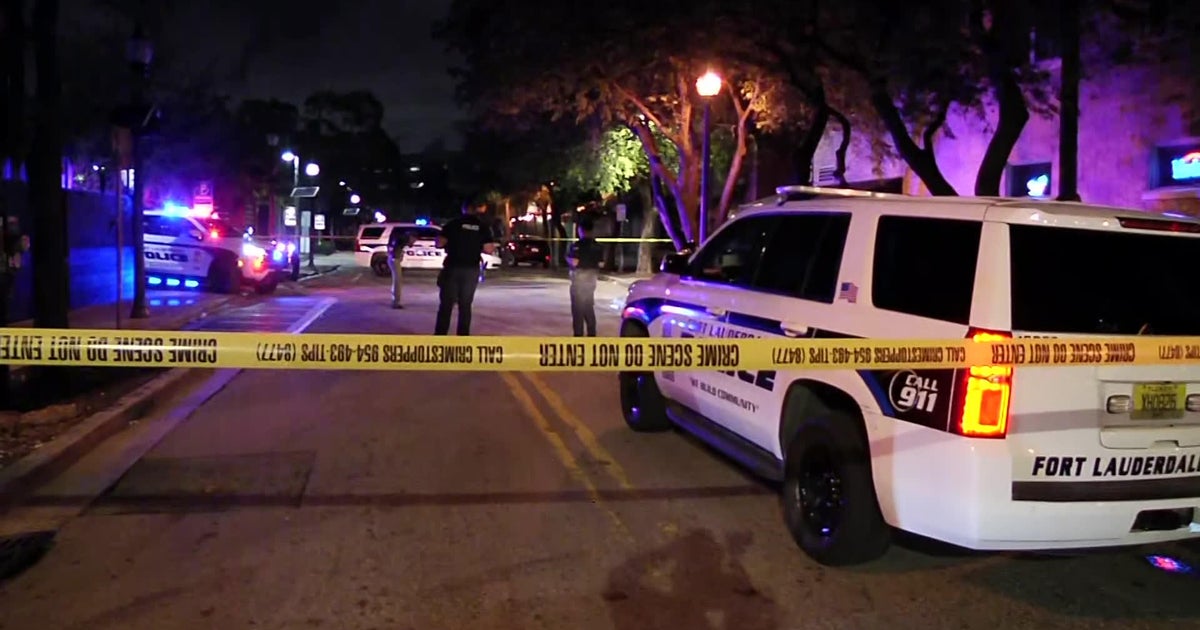Broward School District Reverses Controversial Lice Decision
MIAMI (CBSMiami) – Broward County schools reversed a decision to allow students with head lice to remain in school.
Outraged parents and teachers flooded the school district with emails, calls and letters after the decision.
Now, students with head lice or nits in their hair will not be allowed in school as the policy was prior to the change, reported the Sun Sentinel.
The Broward School District had decided, in March, to allow students to stay in school based upon recommendations from the American Association of Pediatrics, The National Association of School Nurses, and the Centers for Disease Control and Prevention.
The information said there is no disease associated with head lice and in-school transmission is considered to be rare.
Health groups had argued while lice can be a nuisance, it's not a public health threat. School district officials also worried children were missing too many days of school.
The Miami-Dade School Board policy has not been revised and states: "Any student found having head lice should be excluded from school until they are free of lice and have no nits."
Head lice are not dangerous but they do require attention because they spread rapidly and are difficult to control.
About 10 million Americans get head lice each year.
Head lice live only in the hair and scalp and lay their eggs (nits) on the shafts of the hair near the scalp. Lice themselves are often difficult to see but the nits are small, whitish, teardrop shaped eggs, which can easily be seen with the naked eye.
Head lice are transmitted by:
- Direct contact with an affected person's head/hair. Lice cannot jump, leap, or fly!
- Indirectly, by placing clothing of an affected child in contact with the clothing of an unaffected child.
- Indirectly, by sharing such items as combs, brushes, hats, caps, scarves, wigs, pillows and bedding.
The signs and symptoms of head lice are: persistent itching behind the ears and at the nape of the
neck, restlessness or poor attention span and in severe cases, swollen lymph glands in the neck and
under the arms. As many as 50% of the students with head lice can be without symptoms; that is why
one should never assume that because there is no itching there are no head lice or nits.



